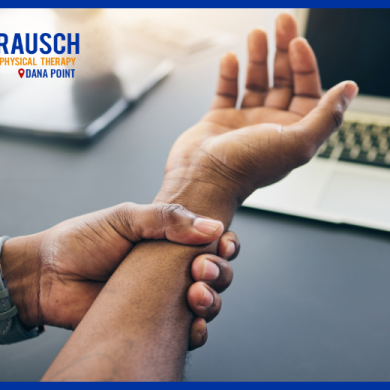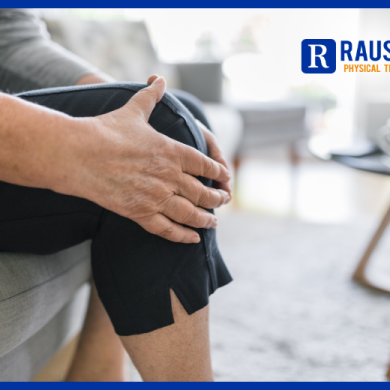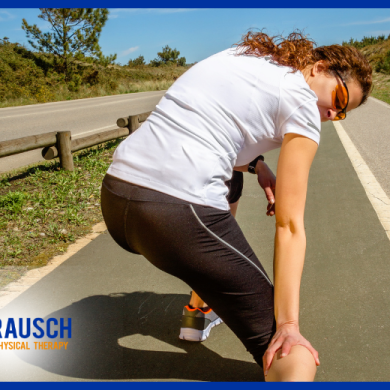Carpal tunnel syndrome is a condition that can cause pain, numbness, and tingling in the hand and wrist. It occurs when the median nerve, which runs through a narrow passage,
Knee Hyperextension in Dancers
April 30, 2021 10:30 am / Category: Dana Point
Hi, my name is Kathryn, and I’m the dance specialist at Rausch Physical Therapy. As a past professional dancer and teacher, I have seen many injuries related to misinformation and dangerous habits. It is my goal to help educate the dance community on preventing these injuries in the future. Today I want to talk about knee hyper-extension. I have heard both sides of the argument for and against allowing dancers to stand with knees hyper-extended. One side is dancers should fully extend their knees, and avoiding full available extension is essentially allowing their knees to be bent. While the other side is that over-exaggeration of hyperextension can be dangerous and lead to injury. So let’s clarify that both sides are saying the same thing without realizing it.
A slight amount of knee hyperextension is reasonable and good, but when excessive can cause an injury. While a hyper-extended knee looks pleasing in arabesque, it can be a central contributing factor to knee or ankle pain and injury. When in a weight-bearing position or movement, there is a tendency towards reliance on knee ligaments, specifically the Posterior Cruciate Ligament (PCL), for support versus quad activation. Over time, with continued inactivation of quads, this may lead to quad weakness and ligament laxity or tears (think of a rubber band that has been stretched too far). Along with these physical changes, a dancer will become more reliant on calf musculature to do the work the quads should be doing. That leads to Achilles tendonitis, knee instability and pain, and general balancing difficulties.
So what about the correction that you shouldn’t be dancing on a bent knee? That is true! But note the following picture, what feels “bent” to someone who is naturally hyper-extended is good alignment!
So what do you do if you have naturally hyperextended knees?
Focus on individual alignment and quad activation of dancers. While you don’t want your knee bent, it should not be fully locked out in standing. Think about lifting your knee cap to engage quads. When in 1st position, heels should be together, not apart, to allow for feedback when knees reach neutral.
As always, if you do start to experience pain with movement, find a physical therapist to help you! We can get you back to moving pain-free and help avoid future injuries as well.
Wondering how to keep your knees healthy and prepared for your best performance? Experiencing any pain or discomfort while engaging in your workout? We are here to help. Schedule an appointment with a professional physical therapist for a complimentary injury screen to see if you’re a fit for physical therapy. Call us! (949) 276-5401.
If you find yourself in discomfort or think you could benefit from a personalized exercise plan, talk to a Physical Therapist.
Let’s talk! We are here to help. Give us a call for a complimentary assessment. Did you know there’s no prescription needed from a doctor to see us? (949) 276-5401






